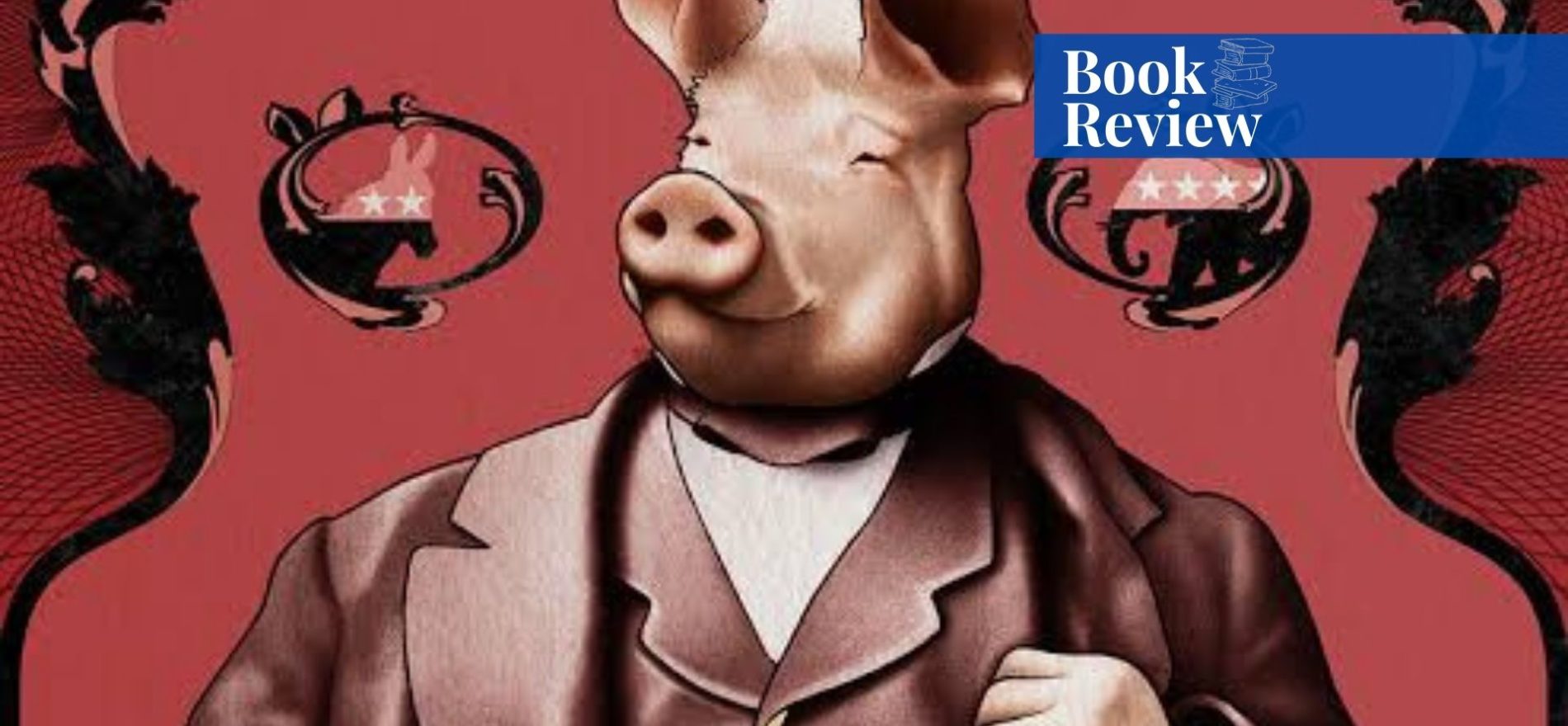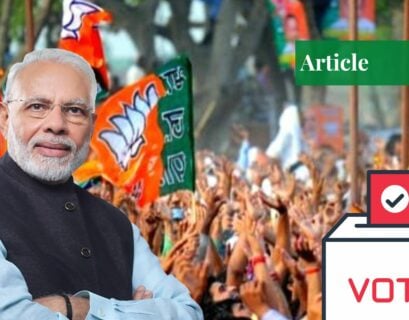Nimra Dawood is an undergraduate student, pursuing a degree in international relations from National Defence University, Islamabad. She is interested in current affairs, geopolitical trends, regional political dynamics, and power transition in the international arena. She loves to critically analyze the changing dynamics of the world and the motives of key actors.
Symbolizing Post-revolution USSR
The book “Animal Farm,” written by George Orwell, is a symbolic illustration of the creation of the communist state in 1922 after the fall of the Russian Tsarist regime, through the struggle of the proletariat class of Russia. The revolution was divided among the Bolsheviks and Mensheviks.
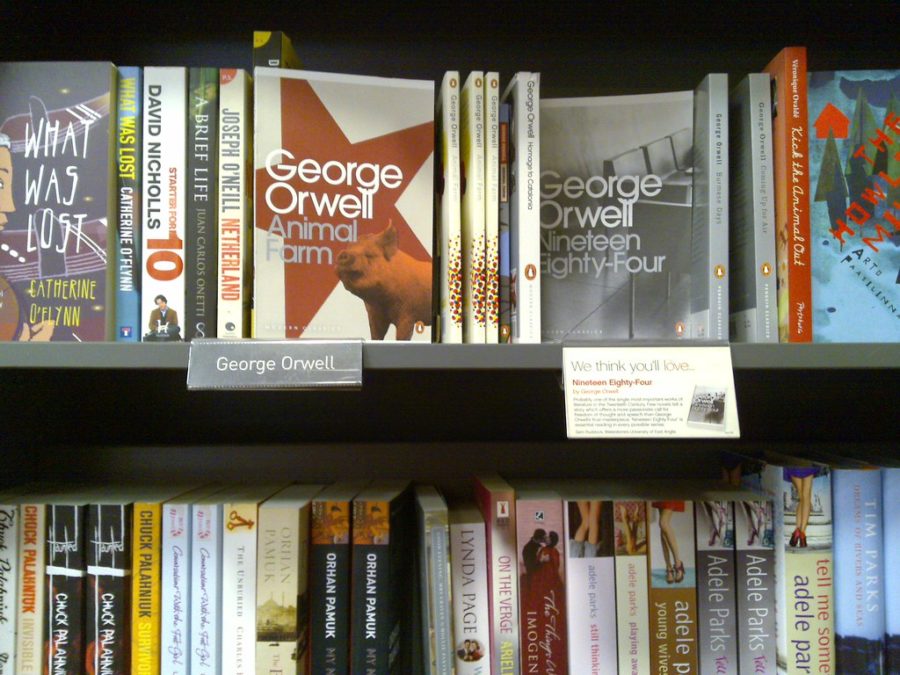
Finally, the Bolsheviks were successful in carrying out the communist revolution in Russia and created a unique state based on the ideas of Marxism, calling for state-owned enterprises and an end to the exploitation that was common in a capitalist society.
Yet, even after the Russian Revolution, the exploitation continued and only the actors had changed. In Animal Farm, George Orwell depicts this very cycle of exploitation and the efforts of those who worked tirelessly in hopes of a better future.
George Orwell
Eric Arthur Blair, commonly known as George Orwell, had been very active against social injustice and totalitarianism throughout his life. He was born in Bihar, India in 1903 and served in the Imperial Police in Myanmar for a small portion of his life. He also worked as a journalist in Paris, a school teacher in England, and a fighter in the Spanish Civil War.
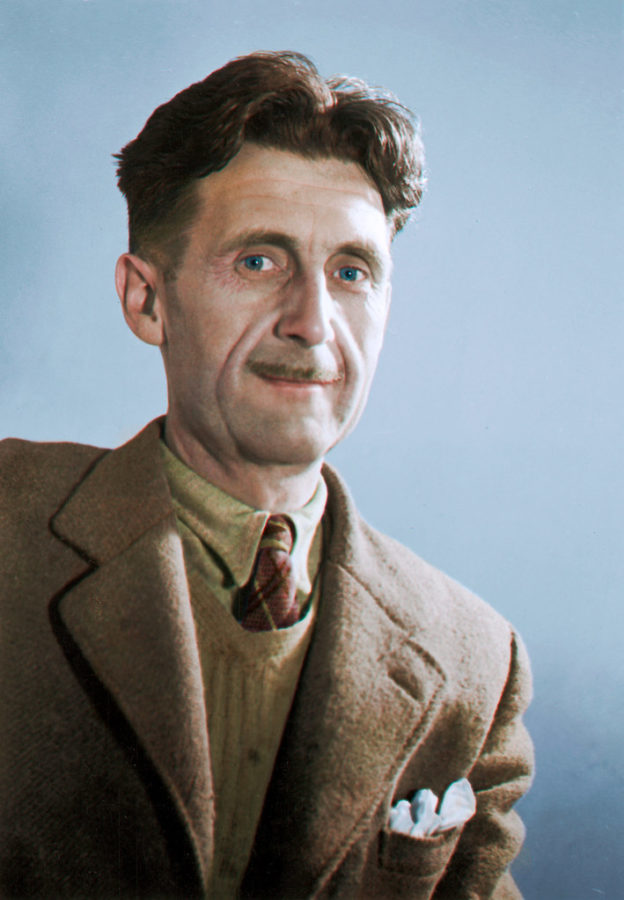
This rich experience led him to write political satire against the fascist regime of the USSR during the Second World War. Animal Farm along with 1984 (another one of his famous books) brought George Orwell worldwide fame and ranked him as one of “The Fifty Greatest British Writers since 1945” by the Times.
Synopsis
George Orwell’s Animal Farm is a fictional tale depicting an unusual activity that occurred in the “Manor Farm”, owned by Mr. Jones who has turned into an alcoholic after facing a loss in his business. He used to take excessive labor from the animals of the farm but in return paid no attention to their living conditions, food supply, and the leaking roofs of the barn.
These conditions were very problematic for the animals of the farm. One day an old pig, the Old Major, calls all of the farm animals to meet at night to narrate them a dream which he had to pass on to others before his time to leave the barn arrived. He motivates them to rebel against the humans who are exploiting them and teaches an anthem – the “Beasts of England” – to sing as a song of revolution.
Some animals then began to spread the word of revolution to others and started learning ways of communicating by learning English alphabets. However, only pigs were the ones with the sharpest and cleverest minds, others were not able to learn new things, and thought of pigs as the leaders for their revolutionary motives.
One day, after days of starvation, the animals finally initiated the revolution and were successful in throwing the Jones family out of the farm. Now, the farm was in control of the animals who, in theory, were equal and had to avoid any such gestures of humanity that go against the “Seven Commandments” painted clearly at the back wall of the barn. Here too, the pigs remain in the leading position because of their ability to speak and write better than the other animals.
Two pigs, namely Napolean and Snowball, started to manage the affairs of the “Animal Farm” with great competence and rationality, causing a happy life at the farm. But things began to change when the rivalry between Snowball and Napoleon rose on the matter of the creation of a “windmill”. The windmill was an idea of Snowball and according to it, animals could lead a better and more comfortable life, by working just three days a week.
Napoleon’s dislike for Snowball increased with the latter’s ability to get the masses to his side. To get rid of Snowball, Napoleon decided to use his personally trained dogs to attack and kill him so that the entire authority of the farm could lay with Napoleon. He was not a strategist and as competent as Snowball used to be, which led to enormous difficulties at the farm including the collapse of the windmill (which Napoleon had agreed to build and spread the rumor that his idea of the windmill was stolen by the “traitor Snowball” causing him to oppose the idea initially).
Napoleon uses conspiracy theories and discourses to create a negative image of Snowball in the minds of the other animals, who have abandoned thinking for themselves and the farm as they trusted the pigs, especially Napolean with his leadership skills. Meanwhile, two wars are fought between the animals and the humans which are won by the animals, creating a sense of victory and freedom in Animal Farm (the new name of Manor Farm).
The neighboring farms owned by the humans initially tried to crush the revolutionary animals to prevent their farms from getting out of their hands. However, later on, they started doing business with Animal Farm, which was steadily moving away from the lessons of the Old Major and the Seven Commandments stipulated at the start of the revolution.
Other animals at the farm, especially the two horses, Boxer and Clover used to work for extra hours to get the work done at the windmill because all they knew was working harder and harder to counter the difficult times. The propaganda and misinformation spread by Napoleon and his right-hand, Squealer, resulted in the accumulation of more and more power and resources with the pigs and left the bare minimum for all the other animals at the farm.
The pigs were not only violating the rules and laws of Animal Farm but also constantly changing them, following their motives and desires. Moreover, animals were being killed and slaughtered as per their wishes. At the end of the tale, Orwell shows that the pigs not only learned to walk on two legs but were also completely transformed into a species similar to the human race (from which the animals were seeking refuge).
What’s more, the pigs along with the humans from the other farms had started to exploit the animals and eventually changed the name of the farm from “Animal Farm” back to “Manor Farm.”
Analyzing George Orwell’s Animal Farm
In Animal Farm, George Orwell has beautifully and easily described the whole process of revolution that took place in Russia against Tsar Nicholas II based on the theoretical assumptions of Karl Marx and Friedrich Engels. Here, there is a contested issue of whether the Old Major represents Karl Marx or Vladimir Lenin, who further developed the Marxist theory by incorporating the criticism faced by the theory in the international system.
Moreover, the tale also depicts the initial days of unity among the revolutionaries which started to vanish with the fall of the Tsarist regime. In addition to this, the element of a tussle between Napoleon and Snowball shows us the difference of opinion between Joseph Stalin and Leon Trotsky in the initial days of the Soviet Union.
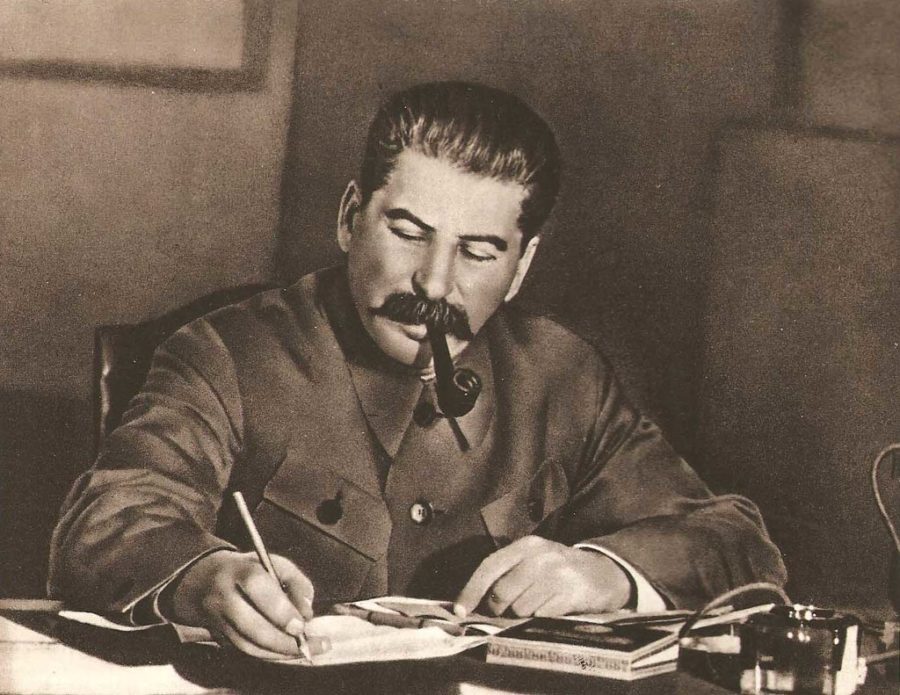
However, the book has given an impression that things for the USSR and the revolutionaries, would have been different had Trotsky been given the command of the USSR after the death of Lenin. It is worth noting here that the Trotskyist theory had been a failure in predicting the creation of the revolutionary state, it was Lenin who was better able to predict how a communist state would be established. Therefore, thinking that Trotsky could have done better than Stalin while ignoring his historical background might be a flawed approach at our end.
Also, the character of Boxer represents the common people of the Soviet Union who dreamt about the creation of an equal society and did more than their abilities, merely for the realization of their dreams. Similarly, the elements like a windmill, apples, and wine represent different types of opportunities and luxuries desired and available for a marginal amount of people in Soviet Russia.
The two wars and neighboring farms represent the international wars and conditions faced by the newly created communist state in a world moving towards the process of democratic capitalism. But the book rightly points out the highly integrated approach of the bourgeoisie of the West and the East based on their vested interests, as was the case in World War II against the rising German power which was threatening the interests of France and Britain in the European continent and the strategic interests of the USSR in Eastern Europe.
Final Thoughts
Conclusively, George Orwell’s Animal Farm is a must-read for the students of international relations and people interested in the Russian revolution, the rise and fall of the communist state, and the use of various means to sustain the authority of a totalitarian ruler like Joseph Stalin. However, the book being a fictional tale does not replace an in-depth study of the Russian Revolution and its proponents, which are not described in the book, in a manner that can be entitled as a historical source.
If you want to submit your articles, research papers, and book reviews, please check the Submissions page.
The views and opinions expressed in this article/paper are the author’s own and do not necessarily reflect the editorial position of Paradigm Shift.
